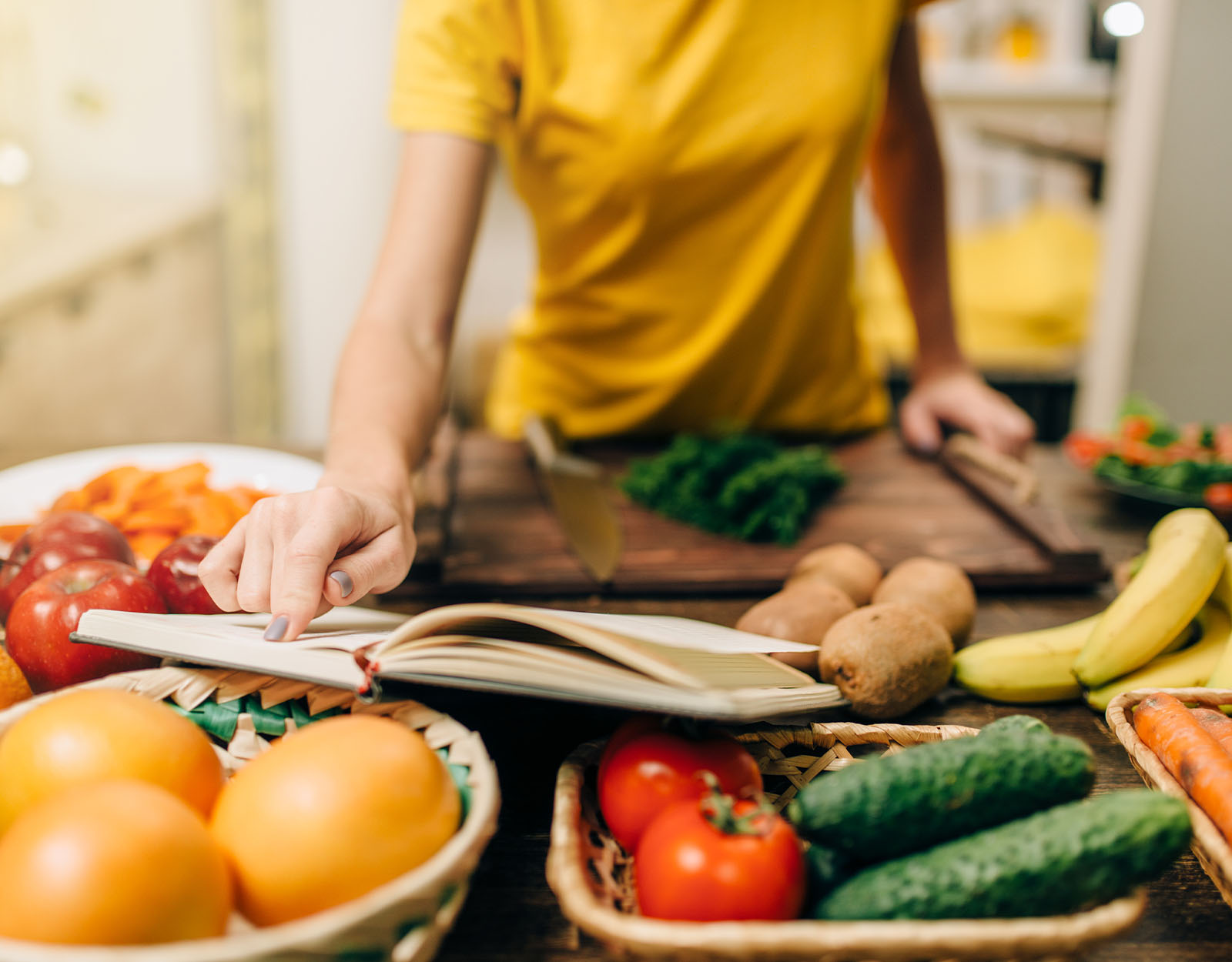Kitchen
6 Easy And Tested Sustainable Home Cooking Hacks
Keep the clutter and cost to a minimum with these easy and sustainable home cooking hacks!
With kids going back to school and ordering takeout becoming more difficult because of the rain, sometimes it’s cheaper, faster, and easier to whip up something ourselves. And although we hate doing the dishes, cooking at home gives us more leeway to adapt to our diet and teach the kids some real-life applied chemistry. However, cooking comes with some food waste and clutter. This is why we’re sharing with you some easy, tested, and sustainable cooking hacks that keep meals delicious and the kitchen clean.

1. Melt the fat off the meat to use for future cooking.
Most of the time, we just throw the fat into the trash can or pour it down the sink. But to save ourselves from future expenses in repairing our sink pipes and buying bottles of liquid sosa, we can pour the fat we melt off from the meat into those mason jars and glass bottles we’ve been collecting from our bottled goodies to save for future use. They then turn into “lard,” which is the secret to making great-tasting fried rice, noodles, or vegetables!
If there are burned bits or sediments from cooking then, you can use a metal strainer or a coffee filter to filter it out. Metal strainer works best for hot oil.
2. Use the liquid from canned vegetables to boil your pasta noodles or to steam rice.
Adopting more sustainable methods is more applicable especially when cooking canned goods. When boiling pasta, we often put salt into the water to raise the boiling temperature. Salt’s chemical composition is NaCl or Sodium Chloride, which is present in most canned vegetables like mushrooms and corn. Using the liquid from the canned goods instead spares you from the liquid waste and using salt. Plus, it adds flavor to whatever you’re boiling. The same principle also applies to rice, creating a more flavorful side for our ulam.
3. Steamed Rice Meals
Chinese cuisine’s hawker food recipes focus on making the most out of a pot and bamboo steamer. But that’s not to say we can’t do it with a rice cooker. White rice usually takes 45 minutes to an hour to steam which is more than enough time to cook meat and other things with it. The best part is — the meat’s juices will also mix with the rice, making it more flavorful in every bite.
Some of these recipes include the Steamed Pork Spareribs with Sausage and Shitake Mushrooms Rice Bowl and the Hainanese Chicken Rice Bowl. You can also mix the marinade into the water used to steam the rice so the flavor is consistent in both the rice and meat. With everything cooking in the rice cooker, there’s less to wash and more time to do other things.
4. Use foil to cover the tray in the toaster oven.
Scrubbing the toaster oven’s tray eats so much time because we’re scraping all the dirt that’s stuck to it, which is why we recommend using foil to cover it. Not only does it properly catch the sediments and oil that fall, but it also protects the tray from being greasy. And since we’re not cooking directly on it, we can wash the aluminum foil and reuse it to protect the tray again.
5. When cooking meat, place the fatty side down first.
Instead of using oil for the typical sautée (or gisa in Tagalog), the meat will be the source of your oil. Chicken skin, pork, and beef cuts have a lot of fat that not all of us like eating. Since the meat’s most likely marinaded already, the fat also contains the flavor from our soy sauce, salt, pepper, garlic powder, etc., providing us with a more flavorful oil compared to the typical cooking oil.
This is one of the secrets to making a delicious and heartwarming adobo. By sautéeing the onions and garlic in the chicken or pork fat, we reduce that bitter aftertaste from burnt cooking oil.
6. Consider fermenting vegetables!
Fermentation preserves the vegetables for months, reducing the number of wilted veggies in our fridge because we forgot about them. There are two kinds of fermentation: one is the dry salting method wherein we coat the veggies in salt, seal them in an air-tight jar, and let the salt bring out the water to create the brine that will ferment the veggies. The next one is the typical brine method wherein we submerge our veggies in salt and water.
The process gets addicting especially when watching it happen. Some of us mix salt and sugar for the fermenting agent and then toss in some cabbage, pechay, carrots, radishes, turnips, garlic, onion, and even leek. Once we master this, we can even have our own samgyupsal at home

Adopting sustainable cooking methods also reduces the pests at home!
One of the banes of living in a condominium or along a busy street, especially during the rainy season, is the pests that come in because of the heat and moisture from our homes when we cook. But by reducing the amount of waste, they also won’t have any reason to enter our homes and we’ll have less trash to throw out and fewer cookware to clean. Sustainable cooking may sound like a lot to do but once we get in the rhythm, we’ll eventually see how much time we saved doing so.
More on cooking hacks?
Chef Gene Gonzales: How Cooking Brings Family Together
Marvin Agustin Opens Up About Cooking Up a Legacy
7 Healthy And Easy-to-Prep Baon Ideas for Kids





